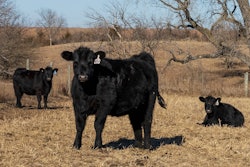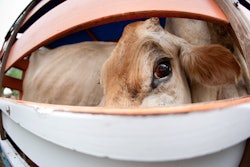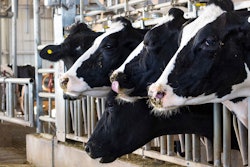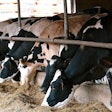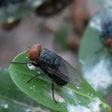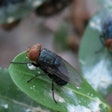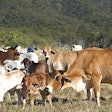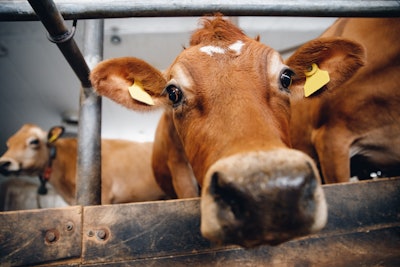
The South Dakota Department of Agriculture and Natural Resources (DANR) and the Animal Industry Board (AIB) have received confirmation from the U.S. Department of Agriculture’s (USDA) National Veterinary Services Laboratory (NVSL) of the detection of the H5N1 virus in a dairy cattle herd in the state. This makes South Dakota the eighth state to confirm the finding of the virus in dairy cattle.
Most recently, North Carolina announced it had confirmed the virus in dairy cattle there, joining Texas, Michigan, New Mexico, Idaho, Kansas and Ohio.
Symptoms are mostly restricted to late-stage lactating cows and include a drop in milk production, loss of appetite and changes in manure consistency. Producers are encouraged to enforce their biosecurity plans such as limiting visitors; separating new animals and sick animals; and cleaning pens, equipment, vehicles, clothing, footwear, and hands.
At this stage, there is no concern about the safety of the commercial milk supply or risk to consumer health. Dairies are required to ensure only milk from healthy animals enters the food supply chain. Additionally, the pasteurization process of heating milk to a high temperature ensures milk and dairy products can be safely consumed, as confirmed by the Centers for Disease Control (CDC). In line with longstanding policy, the CDC does not recommend consuming unpasteurized milk or raw milk. Pasteurization has continually proven to successfully inactivate bacteria and viruses, like influenza, in milk.
USDA, Food and Drug Administration (FDA) and Centers for Disease Control and Prevention (CDC), as well as state veterinary and public health officials, continue to investigate the emerging illness among dairy cows.


